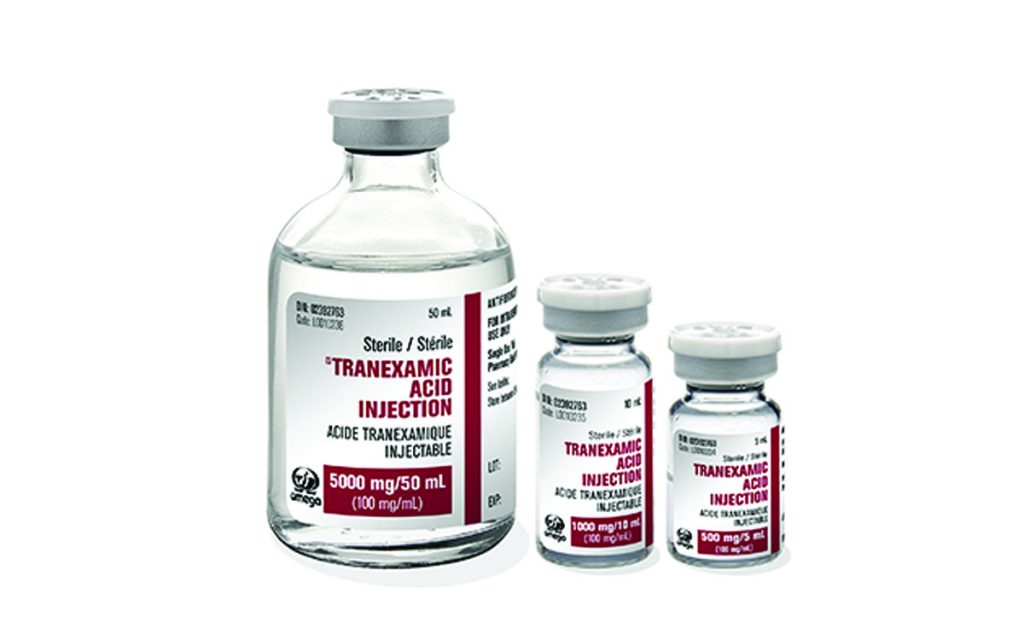A funny thing happened eight years ago. During one of our morbidity and mortality conferences at Regions Hospital, we got the first hint of an emerging pattern. We noted occasional trauma patients who developed colonic pseudo-obstruction (CPO), also known as Ogilvie’s syndrome.
In reviewing our experience, it seemed to occur mostly in men who had sustained pelvic or thoracolumbar spine injuries. Surgical instrumentation for these injuries also appeared to be a common factor, as was middle-aged or older, obesity, and metabolic diseases like type II diabetes.
We continued to see the pattern and treated it in a highly variable way depending on the attending surgeon. Abdominal x-rays were obtained semi-randomly, and if the cecum was considered as the ill-defined term “large,” the patient was sent to the ICU for an injection of neostigmine or endoscopic evacuation. If a perforation occurred, patients often got very sick.
As always, variable practice patterns are fodder for developing a practice guideline. This is the first part of a two-part series on CPO in trauma patients. First, I’ll review a new article describing this condition’s incidence in orthopedic patients. Then, in my next post, I will share a practice guideline we developed for use at Regions Hospital.
The paper was a retrospective cohort study performed by the surgical group at Copenhagen University Hospital in Denmark. They focused on patients who underwent pelvic or acetabular procedures for traumatic injury over twelve years. One cohort consisted of patients who developed CPO; the other did not.
The definition of CPO was based on standard procedures that this surgical group already used, although the specifics were not fully explained. It was based on a physical examination of the abdomen, laboratory tests, and radiographic images. Patients with a colonic diameter >10 cm were treated with neostigmine infusion. Colonoscopic decompression was used if neostigmine did not work or was contraindicated.
Here are the factoids:
- Of 1060 patients who underwent pelvic or acetabular procedures for trauma, 25 developed CPO (2.4%)
- The incidence was only 1.6% for pelvic fractures and about 2.6% for acetabular fractures or combined fracture patterns
- Risk factors identified included motorcycle crash, preperitoneal packing, concomitant skull fracture or intracranial hemorrhage, paraplegia or tetraplegia, internal fixation, congestive heart failure, diabetes, and sepsis or nosocomial infection
- CPO development increased ICU length of stay by 9 days and added a month to the hospital stay
- Mortality was higher in the CPO group (8% vs. 6%), but this was not statistically significant
Bottom line: This is the first paper I’m aware of that quantifies what I have already seen regarding Ogilvie’s syndrome in trauma. It should be an eye-opener for everyone who sees seriously injured orthopedic patients. The increased lengths of stay are enormous, which adds to the cost and the potential for even more complications.
Obviously, this is a problem that needs to be taken very seriously. Use of the ICU for neostigmine infusion or procedural decompression should be common. But recognition and initial management should be standardized, so all appropriate patients are treated for the condition.
In my next post, I’ll share the practice guideline we developed at Regions hospital. It is designed to identify the condition early and provide decompressive therapy without moving the patient to the ICU.
Reference: Ogilvie Syndrome in Patients With Traumatic Pelvic and/or
Acetabular Fractures: A Retrospective Cohort Study. J Orthop Trauma 37(3):122-129, 2023.


